
Customers
Educating Your Team on Using WhatsApp as a Marketing Channel
September 1, 2023
If you’re reading this post, chances are you understand the marketing power of WhatsApp.
Our platform has a wide reach with 2 billion users,1 and we estimate more than 1 billion users connect with a business account across our messaging services every week.2 And in Kantar’s research, 66% of respondents said they’re more likely to buy from a brand they can connect with over messaging.3
Despite these benefits, getting your marketing team to adopt business messaging might not be a walk in the park. You’ll need to obtain legal and budget approvals like you would with any new software. You’ll also need buy-in from marketing team members, who might be concerned about learning a new platform.
Rest assured, the WhatsApp adoption process can be smooth and straightforward. Read on to learn how to build your first business messaging campaign, so you and your team can feel confident investing in WhatsApp.
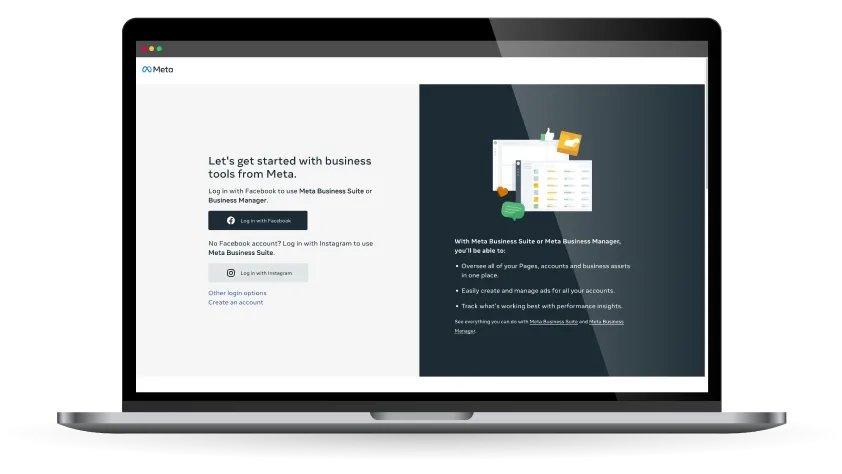
Set up a WhatsApp Business Platform account
Before creating a messaging campaign, your team will need a Meta Business Account and a WhatsApp Business Platform account.
The sign-up process for creating a Business Account in Meta Business Manager only takes a few minutes. Just click “Create an Account” on the Meta Business homepage, select your business’ Facebook page, submit information about your company, and complete a few onboarding steps.
From there, you’re ready to create a WhatsApp Business Platform account.
- Open Facebook Business Manager.
- Under Business Settings, select WhatsApp Accounts.
- Click “Add”-> “Create a WhatsApp account.”
- Fill in necessary account details — account name, messaging purpose (indicating whether the account is for your business or a client), time zone, currency, payment method (optional), and purchase order number (optional)
- Add people to the account, and set their permission levels.
- Click “Assign.”
Once you finish these steps, you can manage your WhatsApp Business Platform account from Facebook Business Manager. Use Manager to create Message Templates for campaigns and check basic conversation analytics, like the number of sent and received messages.

Integrate WhatsApp with other communication platforms
Facebook Business Manager offers basic features for setting up WhatsApp messaging campaigns. But offering the best customer experience often means you’ll need to integrate WhatsApp with your tech stack. Popular tools to connect to WhatsApp include:
- Customer relationship management (CRM) platforms
- Customer success management (CSM) software
- Point-of-sale (POS) system
- Chatbot/conversational AI platforms
The Indian ecommerce company Tata CLiQ integrated its WhatsApp Business account with the chatbot-building service Gupshup. Thanks to this integration, Tata can automatically send custom messages based on shoppers’ history and product changes — like abandoned carts, price drops, browsing activity, and wish-listed items.
Tata saw significant campaign engagement and conversion improvements with these customized WhatsApp messages. The brand found that its WhatsApp messages had a 57% clickthrough rate, and people were 1.7 times more likely to make a purchase on the messaging platform than on other channels. Their Diwali and Black Friday WhatsApp campaigns even generated $500,000 in revenue — a ROI that’s 10 times higher than their other channels.
The steps for connecting WhatsApp with a Business Solution Provider vary depending on the tool, but the process is typically easy. You’ll need to share basic information about your business with the tool and verify your WhatsApp account. Contact your Provider’s support team to learn how you can set up the integration.
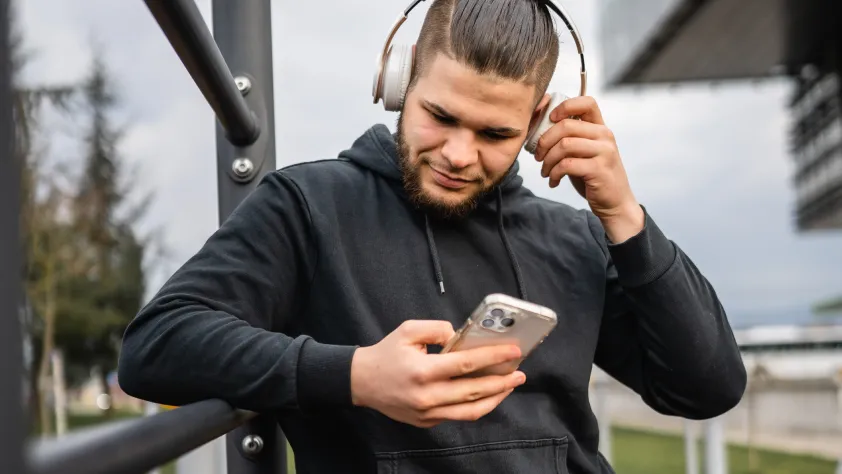
Identify marketing campaign goals and audience
Your WhatsApp Business Platform account and integrations are all set up. Now you’re ready for the fun part — brainstorming your first WhatsApp marketing campaign.
Just like marketing on other channels, your first step is determining the campaign’s goals and audiences. This information helps you decide the best entry points (more on these in the next section) and content for your WhatsApp campaign.
In terms of campaign goals, WhatsApp’s wide reach makes it perfect for generating leads. It’s also a powerful channel for nurturing prospects at the consideration stage. One-on-one chats with shoppers go a long way toward building their trust in your products and brand.
The Bolivian home goods store Multicenter uses WhatsApp for this purpose. The brand’s “Open House” campaigns for major holidays, like Black Friday and Oktoberfest, encourage shoppers to start a chat with an agent about their products.
“Through WhatsApp, we can provide personal attention that gives customers the confidence to move forward with big-ticket purchases at a broader scale,” said Multicenter’s Customer Service Operations Coordinator, Wilson Salomón Rojas Jimenez.
As you set your WhatsApp campaign goals and audience, consider checking out our resource, “Elevating Each Stage of the Funnel with Business Messaging.” It breaks down how brands can use business messaging campaigns to engage shoppers all across the customer journey.
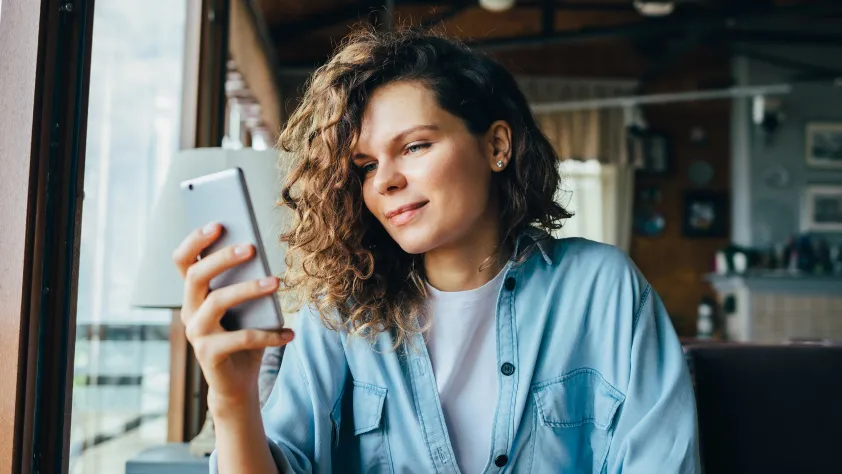
Establish your entry points
With a goal and audience established, it’s time to consider the campaign’s entry point — the online and offline portals that lead shoppers to a WhatsApp chat with your brand. These points could be anything from your site’s “Chat with us!” button to a QR code on product packaging.
This step is so important because potential customers may not realize your company is on WhatsApp. An entry point makes it clear that they can chat with your brand. And chances are, many shoppers will be open to starting a conversation because they’re already comfortable using WhatsApp.
There are no “good” or “bad” entry points — you just have to consider which ones make the most sense for your audiences and campaign goals. A product label QR code that leads to WhatsApp will work for engaging existing customers but it likely won’t help bring in new leads.
Consider these entry point examples for your own WhatsApp campaign.
- Social media posts that lead to WhatsApp: A beauty company, for example, might create a Facebook post that encourages followers to ask the business’ experts their makeup and skincare questions and includes a link to WhatsApp.
- Ads that click to WhatsApp: These promotions appear on Instagram and Facebook and direct shoppers to WhatsApp conversations with your brand. Set up targeting for these ads to reach potential customers who match your ideal buyer profile. Learn more about engaging and nurturing leads with these promotions in this resource.
- Exit intent popups: Set these notifications up to increase WhatsApp sign-ups from people who are about to leave your website. The clothing company SNOCKS created an exit-intent popup that offered site visitors a discount if they opted in to WhatsApp communication. The brand grew its subscriber base to 100,000 people and generated over €1m in revenue from WhatsApp in less than a year.
- QR codes on brand materials: If you have a physical store, consider directing leads and customers to WhatsApp through QR codes at your business location. The Mexican supermarket franchise Merco used store signs and receipts to show QR codes that led to WhatsApp chats with the brand. With this entry point, the brand has increased its marketing database by 70% through WhatsApp.
- Website pages: Create a page with your WhatsApp number or a link to a chat so new leads and existing customers visiting your site can easily reach out. The Indonesian online grocery company Segari has a Help web page that lists the business’ WhatsApp number.4 Segari’s engagement rate on WhatsApp is over 50%, so it’s a key channel for staying connected to customers.
Pick the best way to start a chat with potential customers by learning more about WhatsApp entry points in this resource.
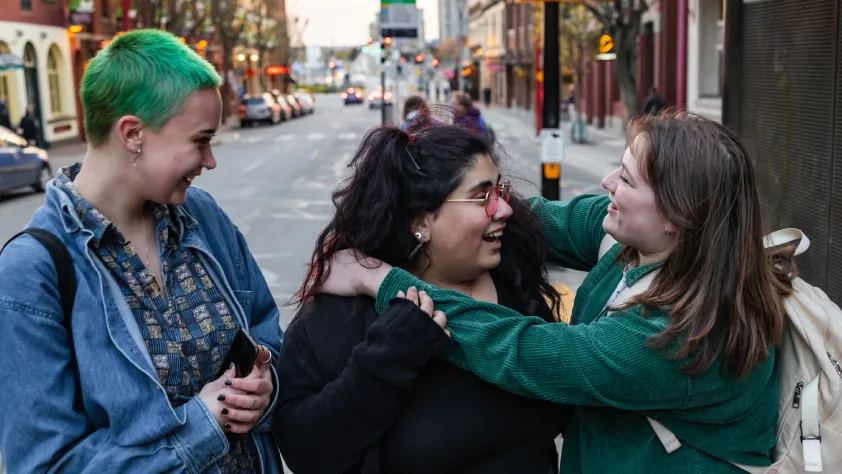
Design your campaign message
Getting shoppers to start a WhatsApp chat with your brand is just half the battle. You’ll also need to set up a conversation flow for the campaign, so potential customers can start chatting with your brand right after your entry point.
Your campaign conversation starts with the initial greeting—the first message that shoppers see after the entry point. Set this message up to automatically appear, and then an agent or bot can pick up the conversation once the customer responds.
Say you’re running an ad that clicks to WhatsApp about a sofa for a home goods brand. The greeting might be, “Looks like you’re interested in our leather sectional. Do you have any questions about this product?”
After the greeting, your agent or chatbot will respond to customers’ messages. Your brand can send replies without asking for an opt-in during a set time period (the window varies depending on the entry point). Agents can create these responses live or leverage message templates for consistency.You can also define pre-set responses for your chatbot.
Once the conversation window passes, you’ll only be able to chat with these shoppers if they click on an entry point again or if they opt in to WhatsApp messages. In this initial conversation window, your agent can ask shoppers for their opt-in or you can set up a chatbot to make the request. A typical opt-in message is, “Would you like to receive messages from [insert brand name]? Tap “Yes” to sign up.”
For shoppers who opt in, chat with them at scale by creating message templates for marketing, utility, and authentication conversations.5 You can make templates in Meta Business Manager or in a third-party communication tool, like a chatbot platform.
Throughout your conversation design, remember to get creative with your WhatsApp campaign messages. You can engage shoppers with a wide variety of content in your messages beyond text — like videos, images, stickers, documents, and buttons. Check out this resource for more ideas on creating media-rich messages.
And if you’re using a chatbot, consider creating your conversations with a platform like Landbot. It makes the design process simple with a drag-and-drop interface, so there’s no need for coding. You can even submit message templates for WhatsApp’s approval from the Landbot app.6
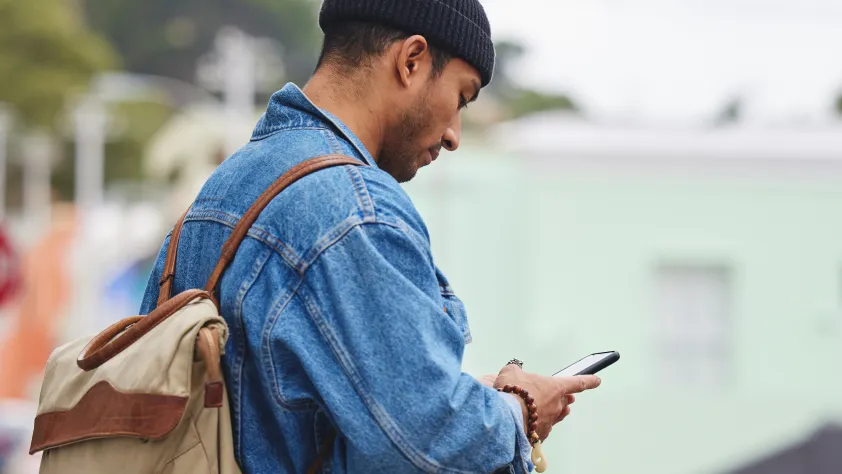
Check your campaign’s performance
Once you start sending marketing messages, track your WhatsApp campaign performance to determine what’s working and where you can improve.
Track metrics that are tied to your campaign’s goals. For example, you might measure the number of users reached for a lead generation message. Along with gauging your objective, monitor your WhatsApp campaign costs and revenue to show your campaign’s value.
Marketing teams often track these metrics to gauge their WhatsApp campaign goals and returns:
- People reached
- Qualified leads
- Cost per qualified lead
- Conversions
- Increase in marketing database
- Cost per conversion
- Sales
- ROI
WhatsApp only tracks a few basic metrics on it’s own. To really monitor your campaign’s performance you’ll need to leverage the Conversions API which helps connect your marketing data to Meta’s platforms. This will require either in-house developer resources or a third-party solution to implement.

Test, iterate, repeat
You can’t read shoppers’ minds, but you can figure out what marketing resonates with your audience by experimenting with your WhatsApp messages. Use your reporting in the last section to hypothesize which campaign adjustments would lead to performance improvements. Then, A/B test these ideas by comparing campaigns with the variation to the control version of the message.
The general steps for A/B testing are:
- Decide which campaign message you’d like to test and which factor you’ll change, like a call-to-action or an image.
- Choose a metric to gauge the performance of each campaign variation.
- Build a large enough test audience to generate meaningful results.
- Send the campaign variations evenly across the audience.
- Measure results.
Along with changing an element of a message, you can also test how the same campaign message performs on WhatsApp compared to other channels. In this case, step one’s changing factor is just the channel. The campaign message needs to be identical across channels because any changes could create differences in results.
The easiest way to set up these experiments is to use a third-party communication tool with testing features, like Twilio. Users can A/B test WhatsApp message template variations and track results with Twilio’s Journey Analytics feature.7
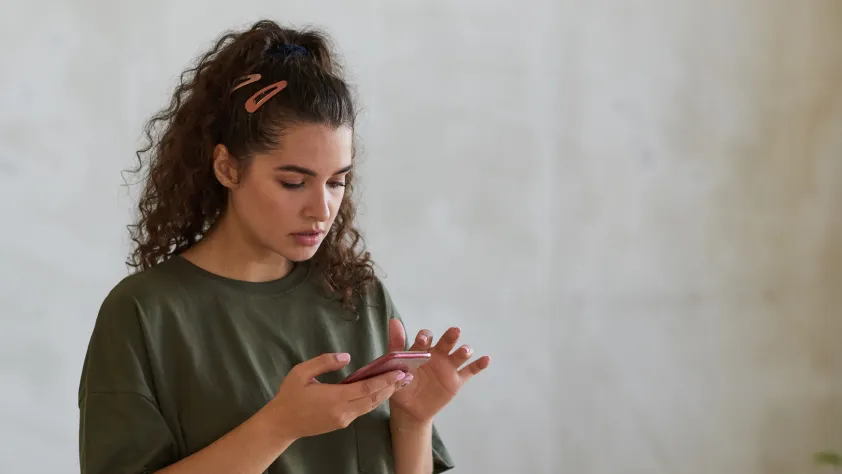
Keep shoppers engaged with WhatsApp marketing campaigns
We get it — your marketing team might find business messaging intimidating at first. If that’s the case, share this post with them. We want to make it easy for organizations to start creating WhatsApp campaigns with resources like this article.
But WhatsApp isn’t just simple to use. It’s also worth the investment because shoppers already enjoy messaging. Many people already connect with friends and family over WhatsApp, so they’re comfortable messaging brands, too.
Use campaigns to start one-on-one chats, and you’ll be on your way to building leads’ trust and driving sales. Try out WhatsApp Business Platform today.